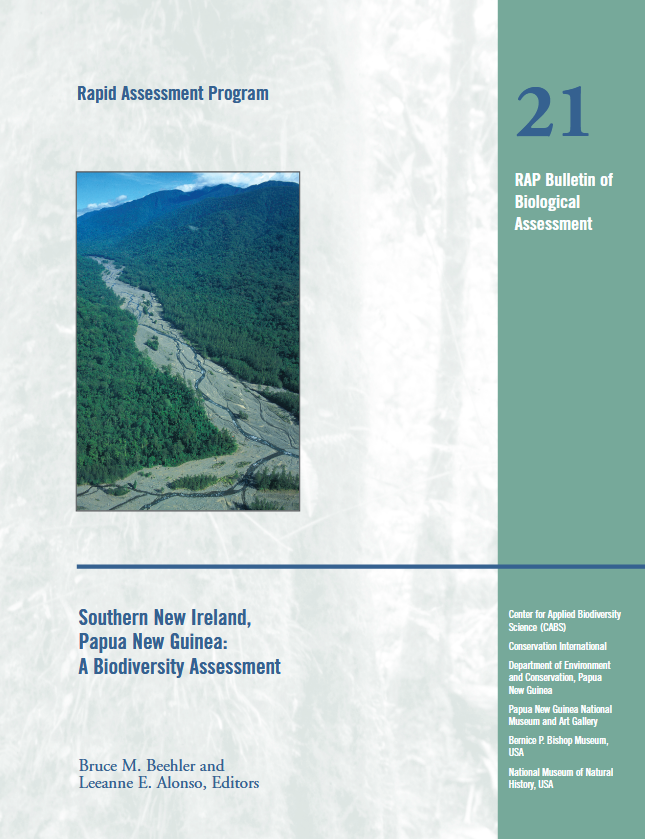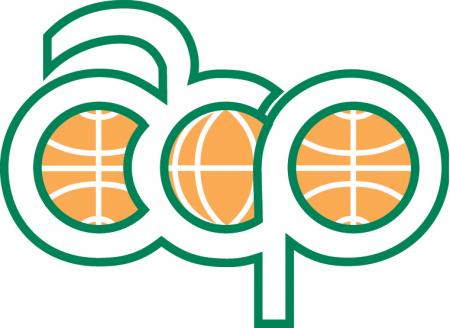
Biologically, New Ireland has remained one of the least studied regions of Papua New Guinea (PNG), and the mountainous southern zone has been considered both a high priority for biodiversity conservation and a major “scientific unknown” (Beehler 1993). For these reasons, and because of the information needs of the now terminated conservation and development project established there by the United Nations Development Program (funded by the Global Environment Facility), Conservation International agreed to organize a rapid assessment (RAP) of the forests and wildlife of southern New Ireland. This was conducted in close collaboration withPapua New Guinea’s Department of Environment and Conservation (DEC). The purpose of the RAP exercise was threefold: (1) to assess the biodiversity of southern New Ireland, (2) to field-test rapid-survey methodology in PNG, and (3) to share expertise andmethodologies with DEC staff scientists.












